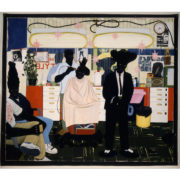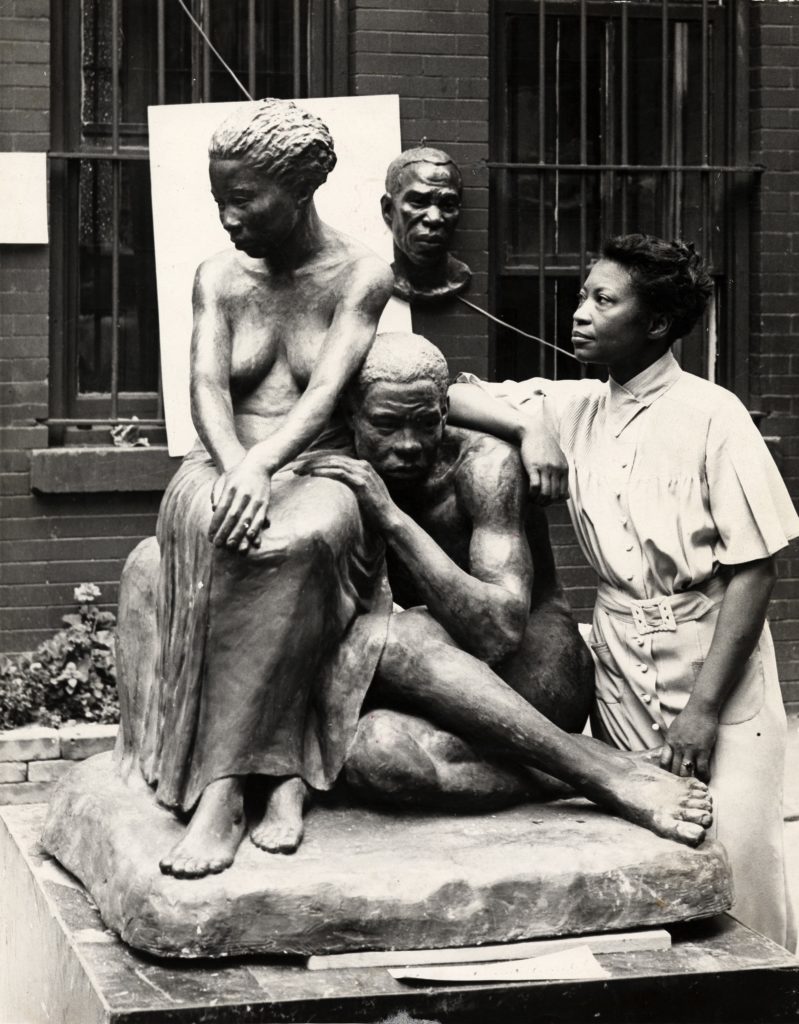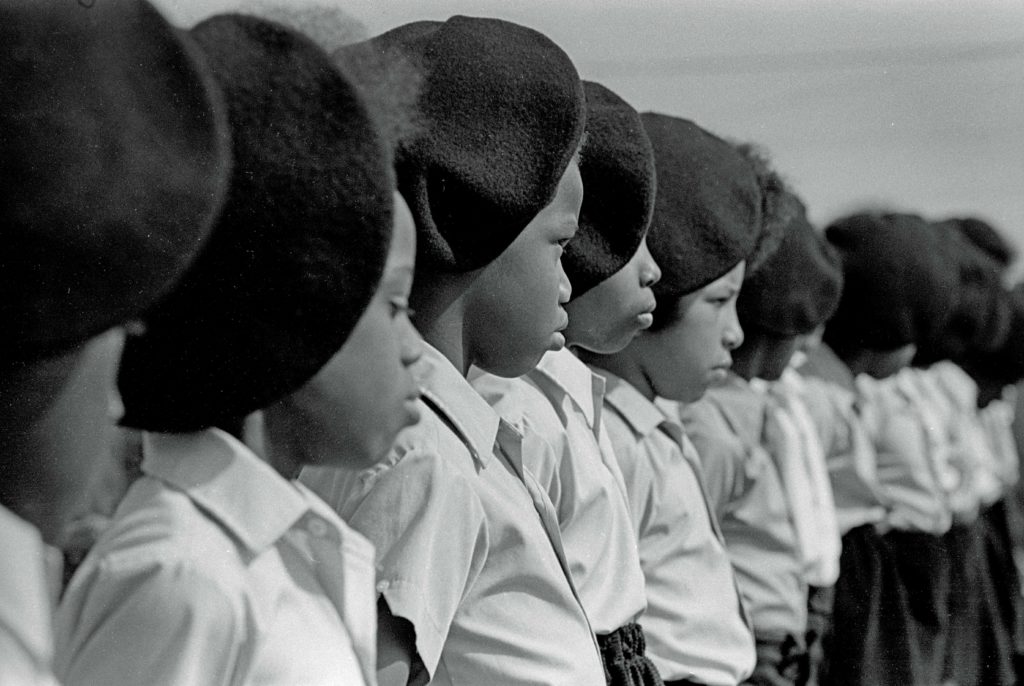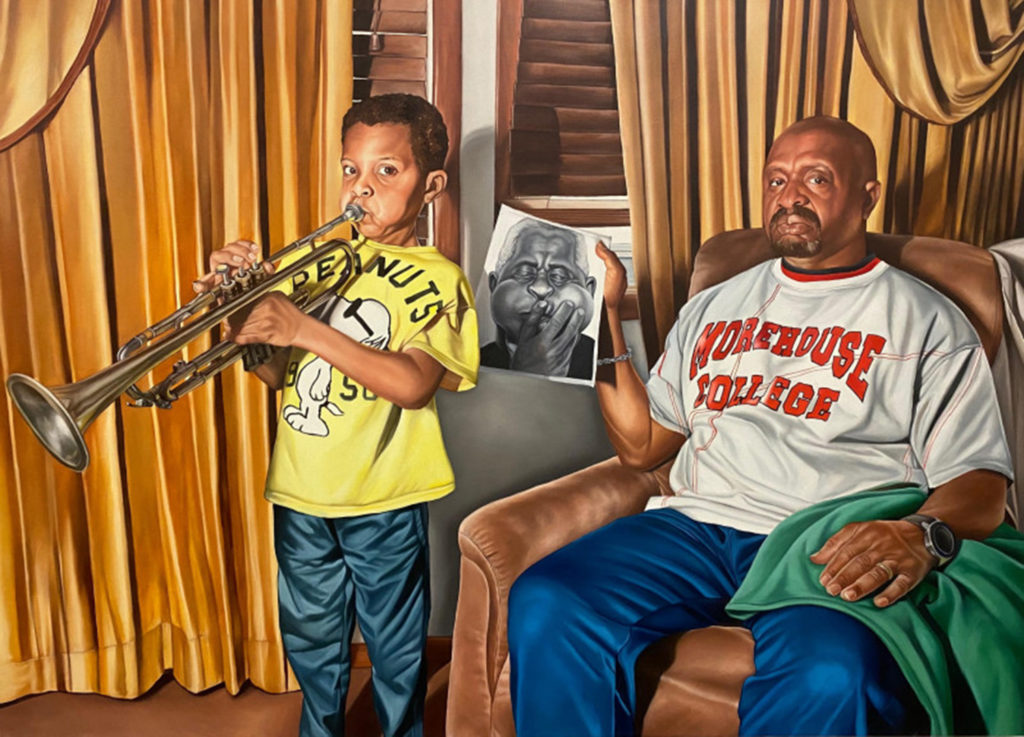On Black Art, Inclusivity, and Museum Curation: A Struggle For Representation In The World Of Art

The experience of the Black Artist in the world has been a story of trials and tribulations fought with impressive artwork, sustained individuality, and in all eternity, a social movement.
Contribution by Olisa Jr.
Kerry James Marshall, Alma Thomas, Augusta Savage, Selma Burke, and Jacob Lawrence. Black Artists, amongst many other stellar figures, defined what it meant to be a black person in the world of art during their time. Over the last decade, the field of art museums and institutions has been graced with the works of numerous ground-breaking artists. And while the struggle for proper representation of Black artists in museums has been an ongoing topic, it seems that society is only now understanding the importance of being inclusive of their work.

On representation or lack thereof, the unwavering exclusion of work by Black Artists within the world of art paints itself as a loathsome narrative of blatant racism and sheer lack of appreciation for Black culture and the voice of its people. In a 2015 interview with The New York Times, the daughter of the late renowned Black painter Norman Lewis recalled him saying to her, “I think it’s going to take about 30 years, maybe 40, before people stop caring whether I’m black and just pay attention to the work.” And though Lewis’s words, to a certain degree, still stand true to this day, there have been glimpses of a paradigm shift within the art world ‒ in respect to the way Black Art is both portrayed and perceived.

Over the last few years, we have witnessed countless museums proactively attempt to amend their shortcomings and rectify the disparities between the representation of work by Black Artists and their counterparts. But are the efforts of these museums and their curators enough? Well…not quite if we’re being earnest in our judgment. In a collaborative survey, conducted in 2018 by Chelsea Perkins and Dylan Sherman for Artnet News, research showed that just 2.37 percent of all acquisitions and gifts and 7.6 percent of all exhibitions at 30 prominent American museums have been of work by African American artists. Not surprisingly, the art world shares an uncanny semblance to that of the fashion industry, as both have spent years grappling with a long-established infrastructure ‒ backed by political powers and influence ‒ that continuously perpetuates racism. Yet Black Artists, and designers alike, continue to place themselves at the helm of producing timelessly-evocative and compelling works of creative genius.

It’s a lingering issue of deliberately misconstrued history, as the walls of some of the world’s largest museums are flooded with works by prominent white men in America or historically famous figures across Europe. The absence of the Black Aesthetic ‒ works of creative vision like poetry, music, art, and even literature used to portray and capture the black culture and its history ‒ in museums is undoubtedly evident. On that note, the experience of the Black Artist in the world has been a story of trials and tribulations fought with impressive artwork, sustained individuality, and in all eternity, a social movement.
What we need to continue to understand is that the exhibition and collection of this work is not a special initiative or a fad, but a fundamental part of museums’ missions — and that progress is not simply about numbers, but understanding this work, in the context of art history and museum practice, as essential.
Thelma Golden, director of the Studio Museum in Harlem

Perhaps, in this new era of contemporary art, the onus is on Black Artists and Curators themselves to create spaces and exhibitions for cultural expression, and heighten the level to which Black culture is visibly appreciated and properly represented within the art world. In a time where gut-wrenching racial inequality has led to the neglect of Black voices and dimmed the spotlight over its cultural heritage, the fight to shift the status quo is important now more than ever. It goes without saying, the recognition that Black Artists deserve is long overdue.
Contribution by Olisa Jr.
Check out the GUAP Arts & Culture section, to discover new art, film, and creative individuals.





![ZINO VINCI’S ‘FILTHY & DISGUSTING’EP BRINGS YOU TO THE CORE OF THE ARTIST [@ZinoVinci]](https://guap.co/wp-content/uploads/2023/10/Zino-4.jpg)





![Remel London’s [@Remel_London] “Mainstream” is a must attend for upcoming presenters!](https://guap.co/wp-content/uploads/2017/02/REMEL-LONDON-FLYER-FINAL-YELLOW-COMPLETE-1.png)